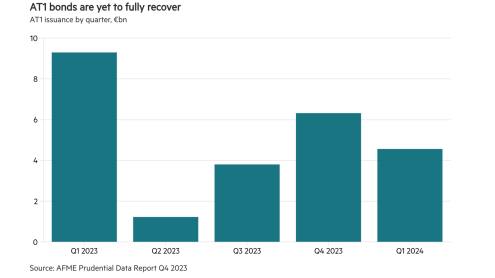An unprecedented house price increase of 30% over the past 12 months is exposing New Zealand banks to rising economic risks, according to S&P Global.
While the government and the local regulator have taken action to mitigate the risks to financial system stability from resurgent house prices, these initiatives have so far been less effective in restraining house price inflation than analysts anticipated.
“Risks remain around the funding profiles of New Zealand banks. The banks’ significant dependence on offshore short-term borrowing, the country’s persistent current account deficits, and its exposure to fluctuations in commodity prices, all make New Zealand vulnerable to external shocks,” wrote Lisa Barrett, an analyst at S&P Global, on July 22.
Total mortgages on the books of leading banks such as ANZ Bank New Zealand, Bank of New Zealand (BNZ) and Westpac New Zealand rose around 12% between 2019 and 2020, according to The Banker Database.
The New Zealand banking system is highly concentrated. While there are currently 27 registered banks, four large Australian-owned banks — ANZ Bank, ASB Bank (owned by Commonwealth Bank of Australia), BNZ (owned by National Australia Bank) and Westpac New Zealand — are responsible for 85% of bank lending, according to the Reserve Bank of New Zealand.
As the government winds down fiscal stimulus and repayment moratoriums related to Covid-19, risks to banks are mitigated by a recovering economy and resilient employment levels.
New Zealand is recovering from the pandemic more quickly than many advanced economies, and S&P Global forecasts gross domestic product growth will reach 4.6% this year driven by consumption and investment, including residential construction.
“We forecast that annual credit losses will revert to historical levels in the next one to two years following a Covid-19 induced increase in the past year. New Zealand banks’ profitability remains adequate to absorb credit losses notwithstanding headwinds from low interest rates,” according to Ms Barrett.
Policy support measures to cool house price growth are expected over the next year, including the reinstatement and subsequent tightening of loan-to-value restrictions, a tax-driven housing policy package and debt-serviceability restrictions.











